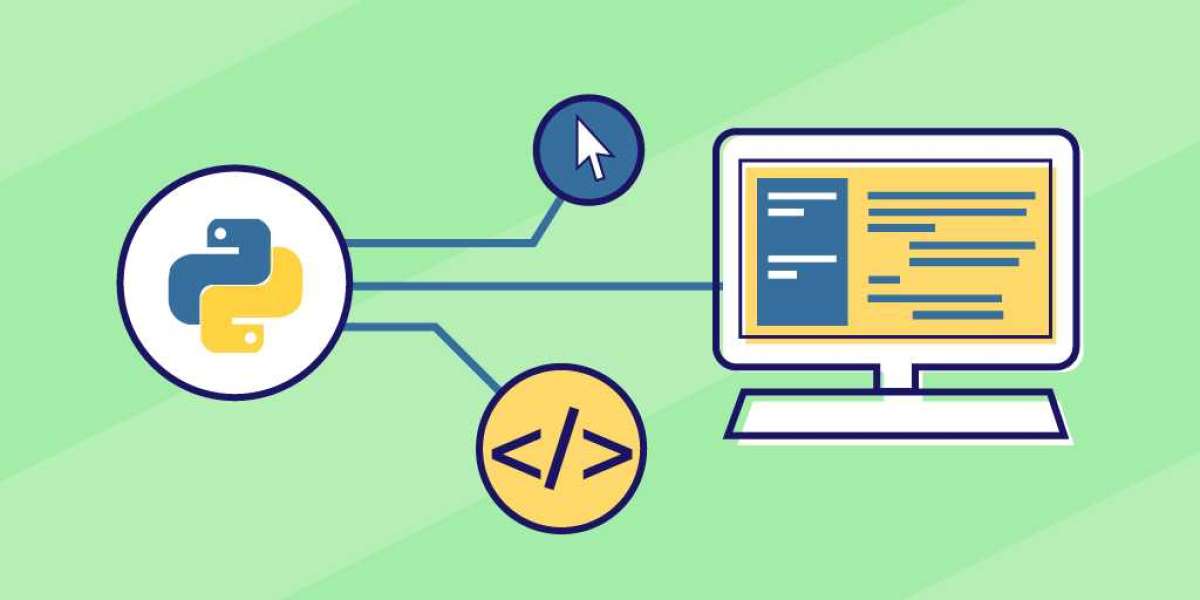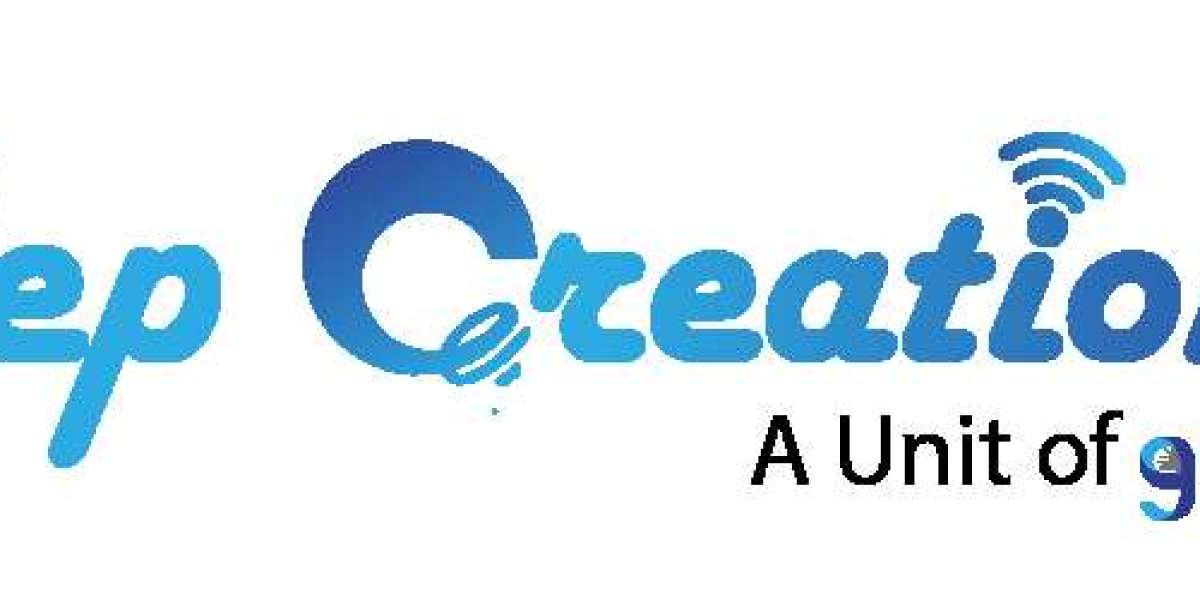Python has become one of the most popular programming languages in recent years, thanks to its elegant and clean design, as well as its powerful set of standard library functions and third-party libraries available on the Python Package Index (PyPI). Given this popularity, it makes sense that many developers might want to learn how to use Python and its associated web frameworks to develop web applications. However, with so many different options available, it can be difficult to decide where to start.
How To Install Python
Python is an interpreted, object-oriented programming language with dynamic semantics. It is often compared to Perl, Ruby, Scheme, and Java. One of its most important features is that it's a very readable language. It also has an extensive standard library that covers many areas. Some of these are emailing (IMAP), XML processing (LXML), internet protocols (HTTP), FTP, and more.
Installing Flask
The first thing you'll need to do is install Flask. You can do this by typing the following command into your terminal pip install flask . Once that's done, go ahead and enter the following code into a new file called hello.py : from flask import Flask app = Flask(__name__) @app.route(/) def index(): return Hello World!
Creating Our First App with Flask
To create our first app with Flask, we're going to need a new folder. Let's name it hello_flask .
Inside the hello_flask directory, let's start with a blank file called app.py .
Now we can move on to the code for our app. The first thing we need is a function that handles requests from clients.
The Importance of Templates
Templates are a great way to build out the framework for your website without having to worry about how it will look or function. Templates not only give you the ability to save time, but also offer unique ways of designing and structuring your site. There are tons of templates available online that can be used with many different types of websites, making it easier for you to find one that fits your needs. Not sure where to start?
Building Forms and Validating Data
Once we have the form created and it's being rendered on the page, we can start adding validation. This is where we want to make sure that all of our inputs are what we expect them to be. To do this, we use a validation function that takes in the field name and the value and returns true if it is valid or false if it isn't.
Debugging Web Apps with Pdb
Pdb is a debugger for Python programs. It contains commands for setting breakpoints, viewing stack frames, viewing the source code around a given line, and stepping through the program. The best way to use Pdb is to insert the following import statement at the top of your script:
import pdb; pdb.set_trace()
Free Bonus Tip – Using Version Control with Git
It's worth mentioning that Git and other version control software is not only for programmers! Programmers are sometimes the most careless when it comes to using Git, but non-technical people should still use this tool for various tasks. Specifically, a non-technical person could use Git for content management purposes like tracking changes made to an HTML document over time or even more drastically, staging/testing edits before pushing them live.
Taglineinfotech Team offers services including Python Development Company, Python Development Services and more.



